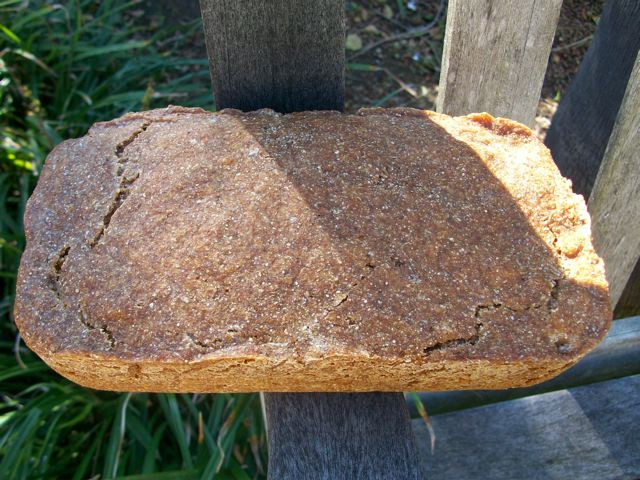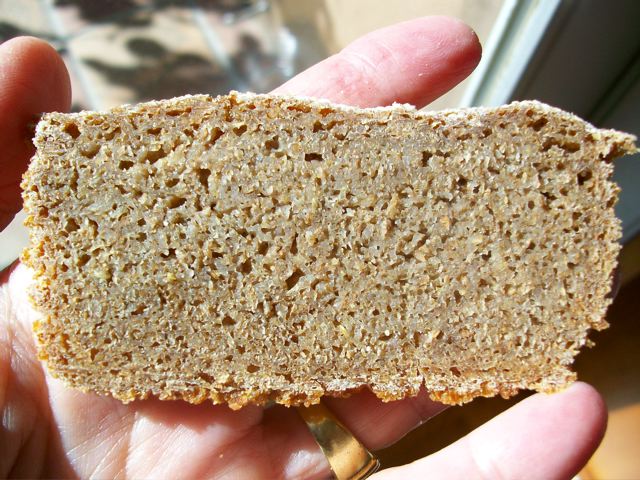What defines a bread? or, Is a baguette, a baguette, or just a shape?
This morning I baked a variation of Anis Bouabsa baguettes. The changes are minor: 72% hydration vs. 75%; I bulk fermented the dough at 55°F vs. 41°F for the prescribed 21 hours; and I added distatic malt powder. Otherwise, my formula and applied techniques were essentially the same as those in the Anis Bouabsa's Baguettes thread. The changes were made for the following reasons. I don't trust my skills yet with a 75% hydration dough. I'm sneaking up on it. Over the weekend I made a 70% hydration sourdough (or pain au levain), and today's baguettes.
- Log in or register to post comments
- 11 comments
- View post
- davidg618's Blog





